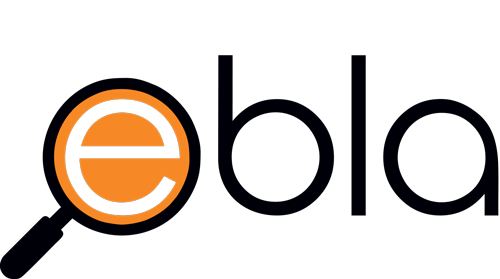Following up with a thank-you email after a job interview is a crucial step in the post-interview process. It not only shows appreciation for the opportunity but also reinforces your interest in the position and keeps you top of mind with the interviewer. However, crafting an effective follow-up email requires careful consideration of tone, content, and timing to leave a positive impression on the interviewer. In this comprehensive guide, we’ll explore the dos and don’ts of follow-up emails after an interview to help you navigate this important step with confidence and professionalism.
The Dos of Follow-Up Emails After an Interview
- Send a Thank-You Email Promptly: Send a thank-you email within 24 hours of the interview to express your appreciation for the opportunity and reiterate your interest in the position. A prompt follow-up demonstrates professionalism and enthusiasm for the role.
- Personalize Your Message: Personalize your thank-you email by addressing the interviewer by name and referencing specific details from the interview, such as topics discussed or insights gained. This shows that you were actively engaged in the conversation and reinforces your interest in the position.
- Express Gratitude and Enthusiasm: Express sincere gratitude for the interviewer’s time and consideration, and convey enthusiasm for the opportunity to join the team. Use positive language to convey your excitement about the possibility of contributing to the organization.
- Reiterate Your Qualifications and Fit: Take the opportunity to reiterate your qualifications, skills, and experiences that make you a strong fit for the role. Highlight specific examples or achievements discussed during the interview that demonstrate your value to the organization.
- Address Any Outstanding Questions or Concerns: If there were any questions or concerns raised during the interview that you didn’t have the opportunity to address fully, use the follow-up email as a chance to provide additional information or clarification. This demonstrates your responsiveness and commitment to addressing the interviewer’s needs.
- Stay Professional and Polite: Maintain a professional and polite tone throughout the email, and avoid using overly casual language or slang. Remember that the follow-up email is still part of the interview process and should be treated with the same level of professionalism as the initial interview.
- Proofread Carefully: Proofread your email carefully before sending to ensure that it is free of grammatical errors, typos, or formatting issues. A well-written and error-free email reflects attention to detail and professionalism.
- Include Your Contact Information: Include your contact information in the email signature, including your phone number and LinkedIn profile URL. This makes it easy for the interviewer to reach out to you with any follow-up questions or to extend a job offer.
The Don’ts of Follow-Up Emails After an Interview
- Don’t Be Pushy or Overly Aggressive: Avoid being pushy or overly aggressive in your follow-up email, as this can come across as desperate or off-putting to the interviewer. Instead, maintain a respectful and courteous tone that demonstrates patience and professionalism.
- Don’t Send Generic Emails: Avoid sending generic or template thank-you emails that lack personalization and sincerity. Take the time to tailor your message to the specific interviewer and interview experience to make a meaningful impression.
- Don’t Focus Solely on Yourself: While it’s important to highlight your qualifications and fit for the role, avoid making the follow-up email all about yourself. Instead, focus on expressing gratitude for the opportunity and demonstrating your interest in contributing to the organization’s success.
- Don’t Badger the Interviewer for Feedback: Avoid badgering the interviewer for feedback or updates on the hiring process in your follow-up email. While it’s acceptable to express continued interest in the position, repeatedly asking for updates can be seen as pushy or impatient.
- Don’t Include Negative Comments or Criticisms: Refrain from including negative comments or criticisms about the interview experience, company, or interviewer in your follow-up email. Even if you had concerns or reservations, it’s best to keep the email positive and focused on expressing gratitude and enthusiasm.
- Don’t Send Multiple Follow-Up Emails: Sending multiple follow-up emails in quick succession can be perceived as overly aggressive or desperate. If you haven’t heard back from the interviewer after sending your initial thank-you email, exercise patience and wait for a response before sending any additional follow-ups.
- Don’t Include Attachments or Links Without Context: Avoid including attachments or links in your follow-up email without providing context or explanation. If you want to share additional materials or examples of your work, briefly mention them in the body of the email and offer to provide them upon request.
- Don’t Use Text Abbreviations or Emojis: Steer clear of using text abbreviations, emojis, or informal language in your follow-up email. These can come across as unprofessional and detract from the professionalism of your message.
Conclusion
Mastering the art of follow-up emails after an interview requires striking the right balance between professionalism, gratitude, and enthusiasm. By following the dos and don’ts outlined in this guide, you can craft a thoughtful and effective follow-up email that leaves a positive impression on the interviewer and sets you apart from other candidates. Remember to personalize your message, express gratitude and enthusiasm, and maintain a professional tone throughout the email. With careful attention to detail and a strategic approach, you can navigate the follow-up process with confidence and increase your chances of landing the job.

